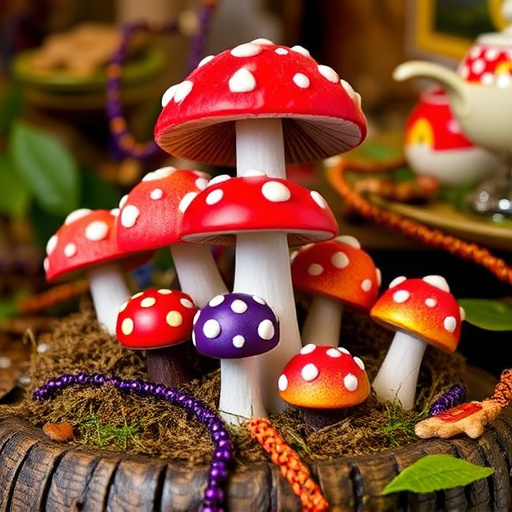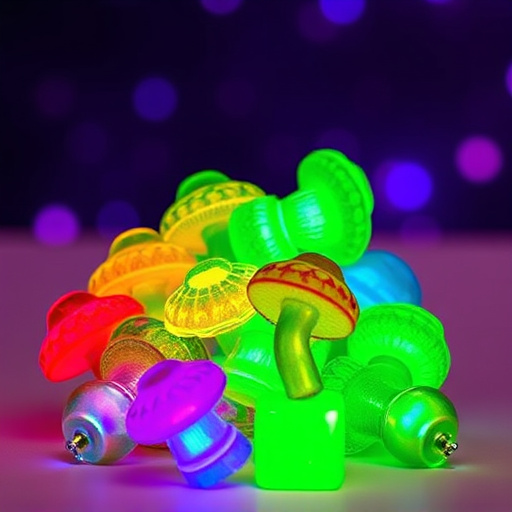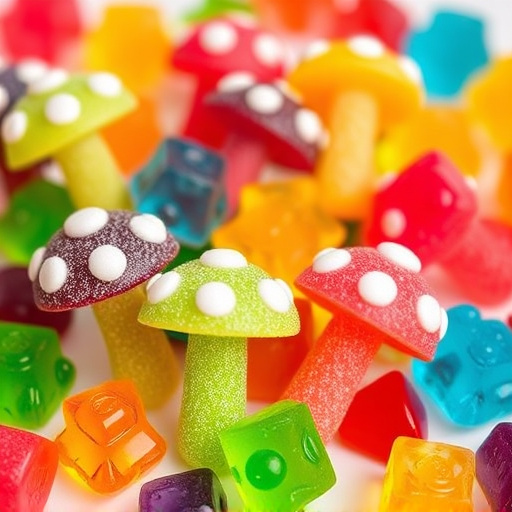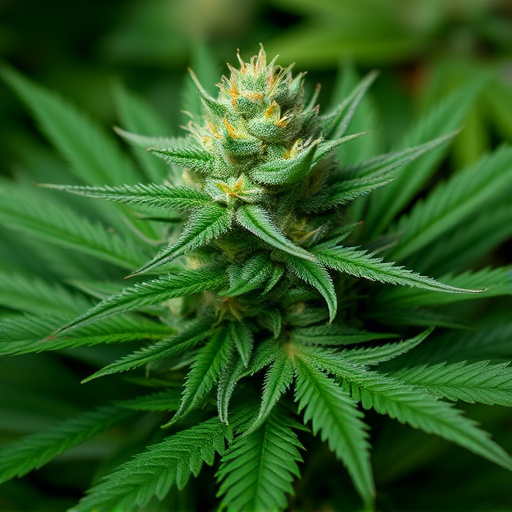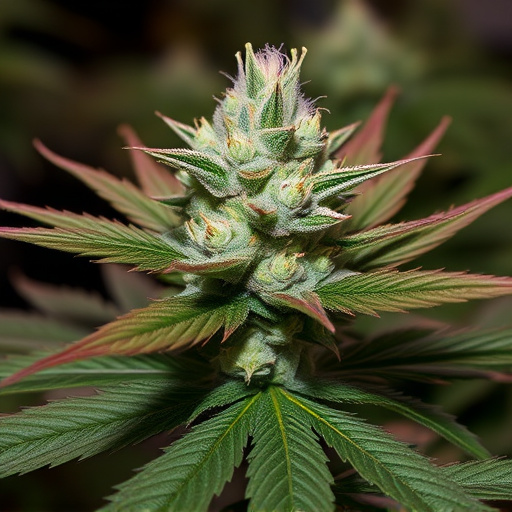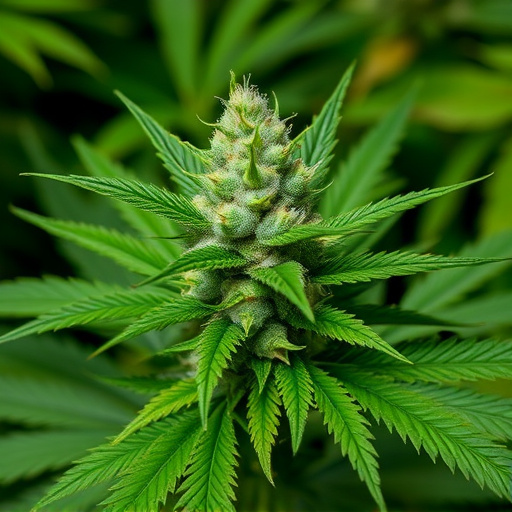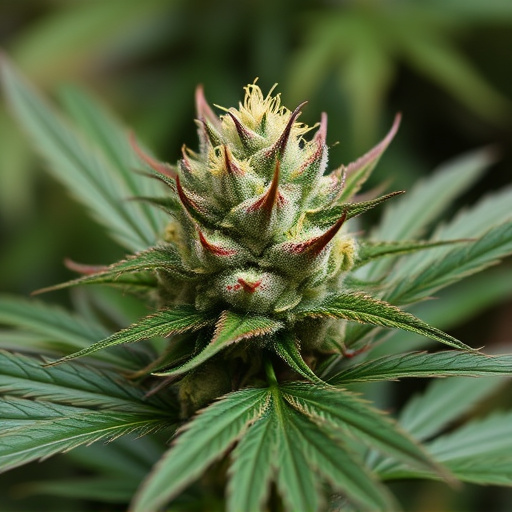Identifying spoiled or expired cannabis involves examining visual cues like discoloration (dull greys-browns-black spots) and texture changes from sticky to dry/brittle. Aroma, ranging from floral/fruity/earthy notes to musty/moldy smells, is another key indicator. The chemical composition of top cannabis strains, including THC, CBD, and terpenes, greatly influences quality and user experience; maintaining balanced ratios ensures potency and positive effects. Regularly checking these factors helps consumers select fresh, effective top cannabis strains.
Discover the subtle signs that indicate your weed has turned moldy or expired. This comprehensive guide explores the art of identifying spoiled cannabis, focusing on visual cues like discolored leaves and texture changes, distinct off-aromas, and alterations in potency and effect profiles. Learn how to separate the moldy from the top cannabis strains, ensuring you always enjoy premium, potent, and safe marijuana experiences.
- Visual Cues: Discoloration and Texture Changes
- Aroma Assessment: Detecting Off-Levels
- Potency and Effect Profile: Analyzing Performance
Visual Cues: Discoloration and Texture Changes
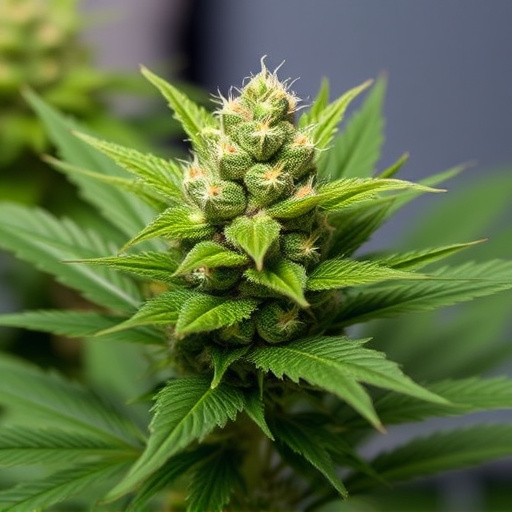
When it comes to identifying moldy or expired weed, one of the most obvious visual cues is discoloration and texture changes. Top cannabis strains are often prized for their vibrant hues and uniform consistency. However, as weed ages, it can take on a discolored appearance, ranging from dull greys and browns to black spots or patches. This isn’t just an aesthetic issue; moldy weed can also have a distinct musty or earthy smell that’s different from the fresh, floral notes of top-quality cannabis.
Beyond discoloration, texture changes are another key indicator. Fresh cannabis buds should be sticky to the touch and maintain their shape when squeezed gently. As it ages, though, the bud may become dry, brittle, or even crumbly. These physical changes can weaken the plant’s cell walls, leading to a reduced potent and altered flavor profile—a far cry from the desirable traits often associated with top cannabis strains.
Aroma Assessment: Detecting Off-Levels
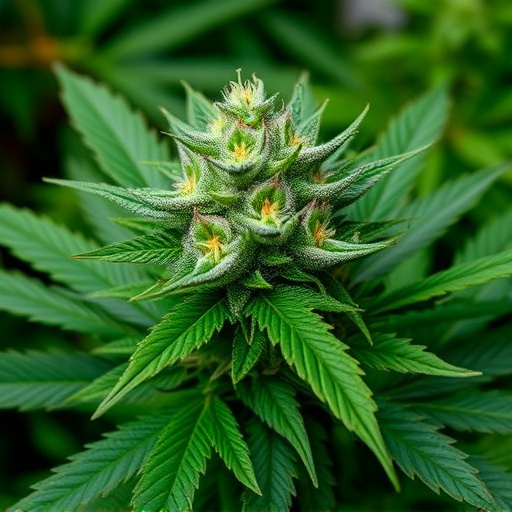
When assessing the quality of weed, one of the most reliable indicators is the aroma. A fresh and distinct scent can be a telltale sign of a premium product, while an off-putting or moldy odor often hints at problems. The olfactory experience with cannabis goes beyond mere pleasure; it’s a gateway to understanding the plant’s health and potential effects.
Among the top cannabis strains known for their captivating aromas are those with complex floral, fruity, or earthy notes. However, if your nose detects any “off” levels—such as musty, moldy, or foul odors—it could be an early warning sign of spoilage or contamination. This is especially crucial when considering that a strain’s aroma not only affects the user’s experience but also reflects the overall quality and safety of the product, making it essential for discerning cannabis enthusiasts.
Potency and Effect Profile: Analyzing Performance
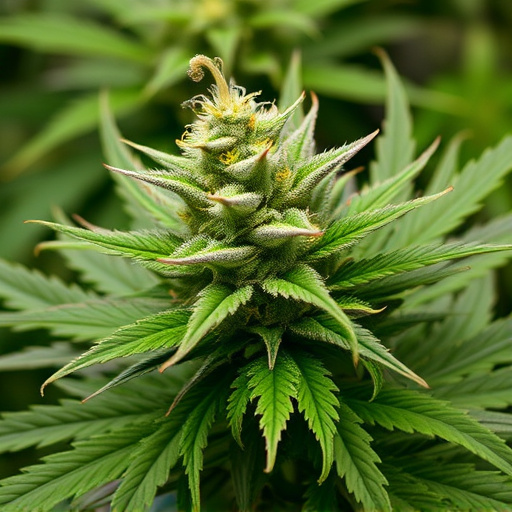
When evaluating the quality and potential risks of weed, understanding its potency and effect profile is crucial. Top cannabis strains are often celebrated for their unique chemical compositions, which directly influence both the plant’s performance and the user’s experience. Analyzing this performance involves examining the levels of cannabinoids, particularly THC (tetrahydrocannabinol) and CBD (cannabidiol), as well as the terpenes that contribute to the strain’s aroma and potential therapeutic benefits.
High-quality weed should exhibit a balanced or desirable ratio of these compounds, ensuring a pleasant experience without unpleasant side effects. Over time, however, as plants age or are improperly stored, their chemical makeup can degrade or become imbalanced. This not only affects potency but also the overall effect—a factor that consumers often look for when choosing from top cannabis strains. Thus, being attuned to changes in performance is essential for discerning fresh and effective weed from moldy or expired products.
When evaluating the quality of your cannabis, whether it’s from top cannabis strains or not, recognizing the signs of moldy or expired product is crucial. By understanding visual cues like discoloration and texture changes, assessing the aroma for off-levels, and analyzing the potency and effect profile, you can ensure you’re consuming a safe and effective product. Regularly checking these factors helps you make informed choices, preserving both the quality and enjoyment of your cannabis experience.
